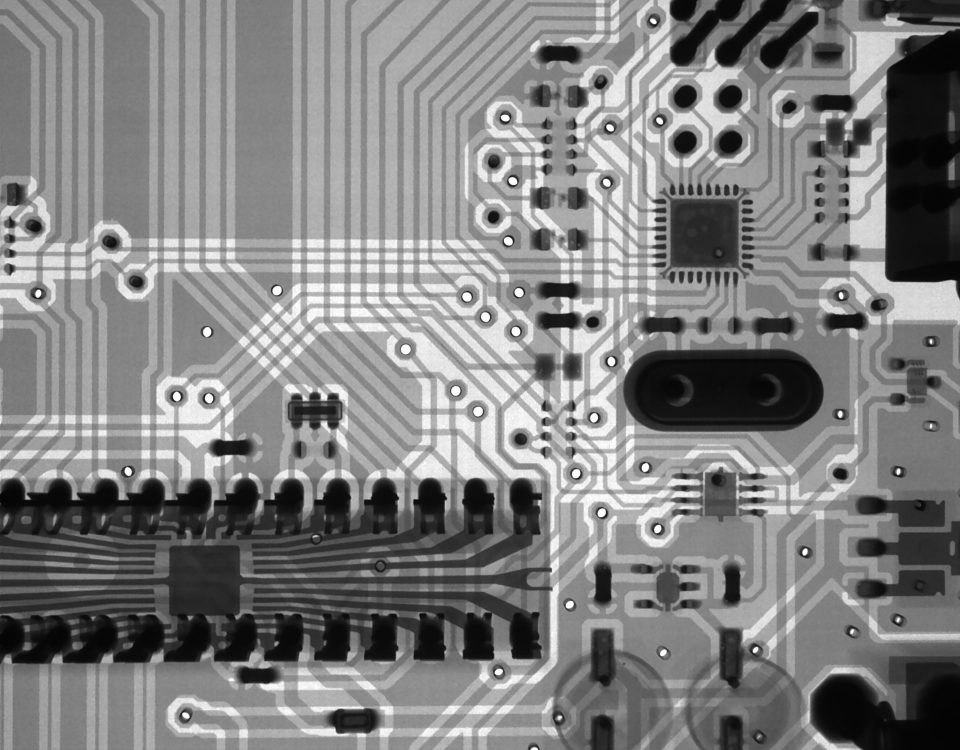November 25, 2014
In this post, I’ll provide an explanation of the following challenges networks may encounter: 1.1.c Explain general network challenges 1.1.c (i) Unicast flooding 1.1.c (ii) Out of order packets 1.1.c (iii) Asymmetric routing 1.1.c (iv) Impact of micro burst Unicast flooding itself is a needed and normal switching process when an incoming unicast dataframe inbound on a particular VLAN with a destination IP does not have its destination mac-address in the CAM table, the unicast dataframe is broadcast out all […]







